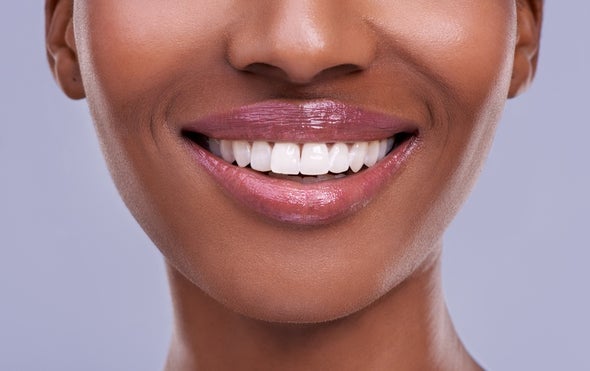Researchers recently discovered certain drugs, including one developed to treat Alzheimer’s, stimulate innate self-repair mechanisms.
For dentists, a cavity is a conundrum—in order to save the tooth they must further damage it. Currently, the primary way to treat a cavity is to excavate the decay and the surrounding area before filling the resulting crater with a durable surrogate material such as metal, plastic or glass cement.
But what if instead of drilling holes into teeth and patching them up with synthetic fillers, dentists could coax our pearly whites to regrow themselves? Recently, Paul Sharpe, a bioengineer at King’s College London, and his colleagues discovered a new way to do exactly this in mice. Last year they published a study describing their innovative techniques in Scientific Reports. And since then they have made even more progress that edges this experimental procedure closer to human clinical trials. If the treatment eventually becomes part of the dentist’s standard tool kit, scientists say it would easily be one of the field’s most important advances in 50 years.
Our teeth get damaged all the time. Most of the injuries they endure are due to everyday wear and tear as well as the activity of microbes in the mouth. These organisms coat the surface of each tooth and feed on meal remnants. As they break down particles of food, some of these microbes produce and secrete acids as a by-product. And that acidity degrades enamel—the tooth’s hard outer layer.
Like skin, teeth can usually repair minor mishaps themselves. When our teeth remain uncleaned for too long, however, acid can eat through the enamel and begin dissolving underlying layers of dense, bony tissue called dentin. When dentin is seriously injured, stem cells located in the tooth’s soft, innermost layer—the dental pulp—morph into cells called odontoblasts, which secrete new tissue. (Stem cells are capable of becoming virtually any type of cell.) Yet when the injury is too large or deep, that fresh dentin is not sufficient to restore the tooth. The result is often a cavity.
Sharpe suspected he could dramatically boost teeth’s natural healing ability by mobilizing stem cells in the dental pulp. Earlier research had demonstrated the Wnt signaling pathway—a particular cascade of molecules involved in cell-to-cell communication—is essential for tissue repair and stem cell development in many parts of the body such as the skin, intestines and brain. Sharpe wondered: Could this signaling pathway also be important for self-repair processes in teeth? If so, maybe exposing damaged teeth to drugs that stimulate Wnt signaling would similarly encourage the activity of stem cells in the dental pulp—giving teeth the kind of regenerative superpowers usually seen only in plants, salamanders and starfish.
(For the balance of this article please visit: https://www.scientificamerican.com/article/instead-of-filling-cavities-dentists-may-soon-regenerate-teeth1/)









